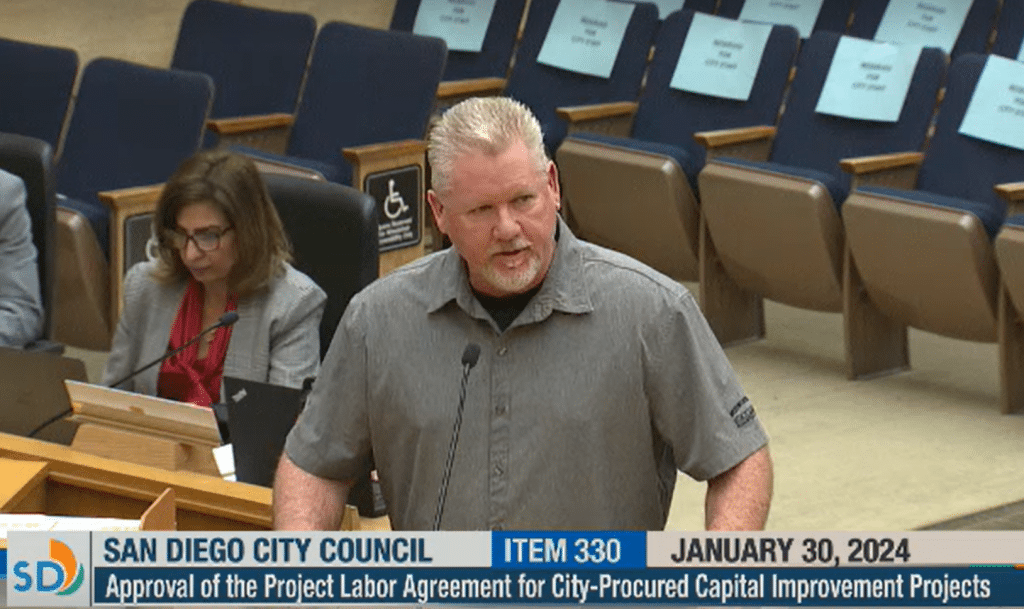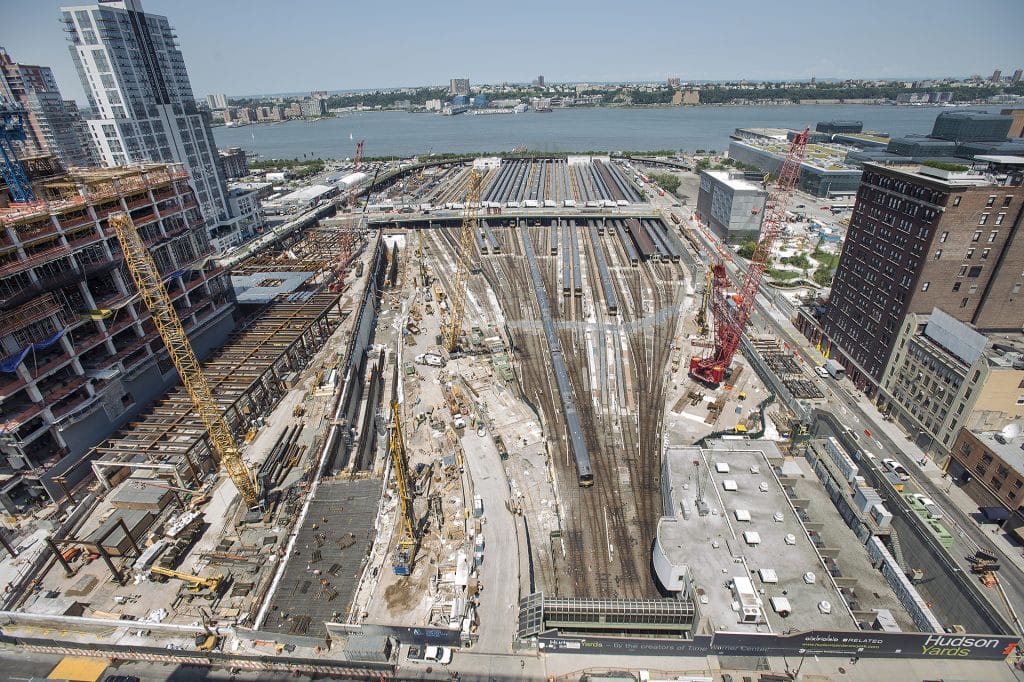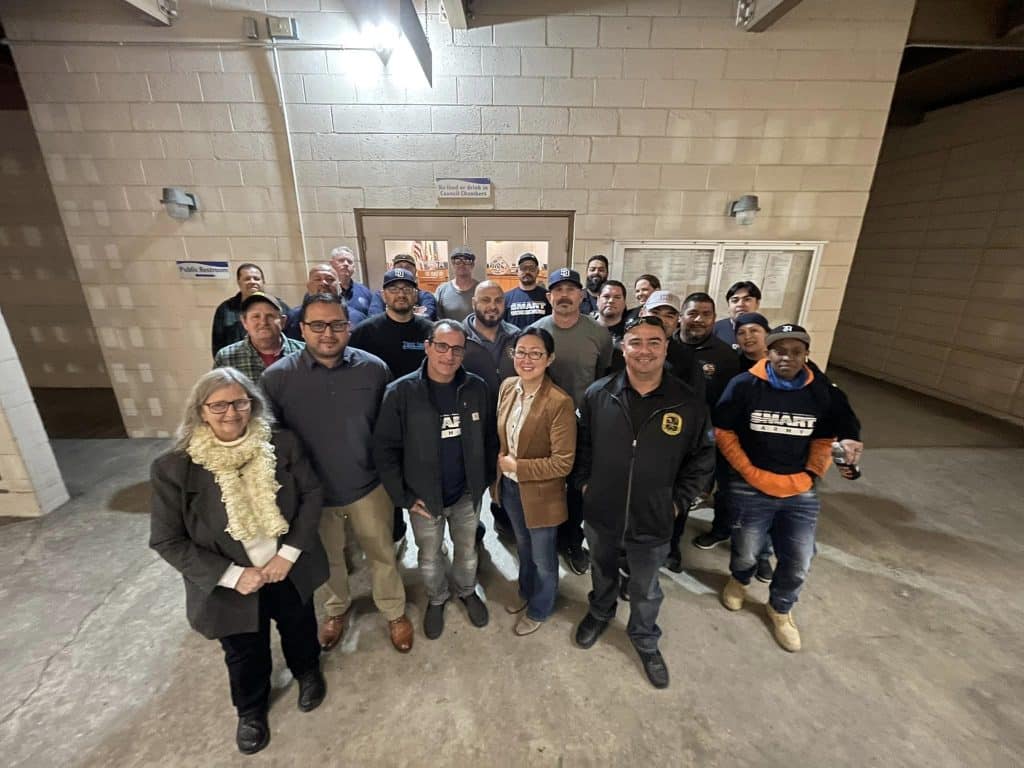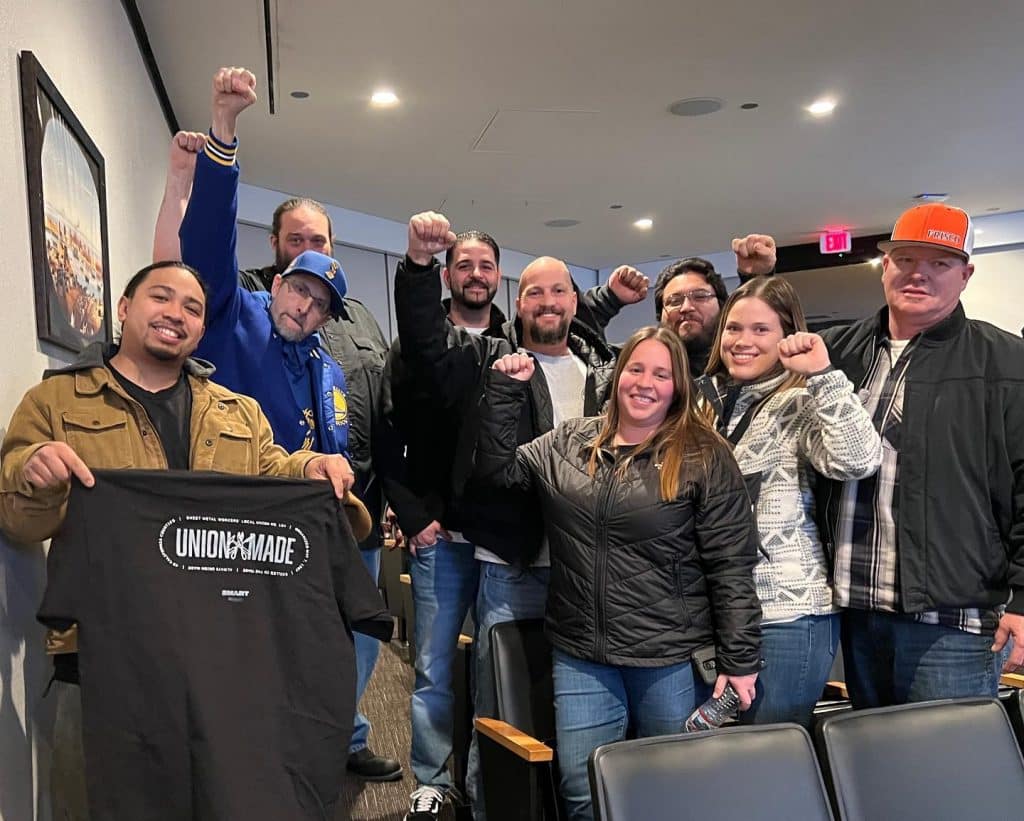Project 2025, a road map to expand executive power and drastically transform how Americans’ government works for them, dominated the 2024 United States presidential election. The 900-page document, created by the anti-labor Heritage Foundation, outlined various attacks on SMART members’ labor rights, from prohibiting project labor agreements to empowering individual states to ban the existence of labor unions.
Throughout the election, then-candidate Donald Trump denied any connection with Project 2025. But since taking office, SMART Local 137’s James Heinzman (New York City) told SMART News, his executive actions and several administrative appointees have closely followed the playbook.
“[Project 2025] was written by many people who actually served in Trump’s [first] administration, in his first term; Trump has subsequently appointed several of the authors of Project 2025 to unique positions in his second term, in his cabinet,” Heinzman explained. “If you are hiring the people who wrote the book to lead the agencies that they’re recommending changes for, they have every intent of following that playbook.”
Since taking office, President Trump has unleashed a number of executive actions that mirror the goals set out in Project 2025. Among the most impactful, Heinzman noted, are those related to the National Labor Relations Board and the Equal Employment Opportunity Commission. Trump fired both the former general counsel of NLRB, the pro-worker Jennifer Abruzzo, and — in an unprecedented and potentially illegal move — NLRB Chair Gwynne Wilcox. Not only did this action deprive SMART members of an ally in Abruzzo; without Wilcox, the NLRB currently cannot reach quorum, meaning it essentially cannot perform its core duties. This hugely affects worker organizing, grievances filed by workers against their employers and more.
“The NLRB is the agency that resolves disputes between employers and their employees. Unions file claims, and so do employers — employers and unions can file claims, unfair labor practices, with the NLRB for hearing and adjudication,” Heinzman said. “Basically, [Trump has] taken that agency off the board, and that’s going to impact union members, union organizing campaigns; it’s going to be critical to our industry.”
Heinzman also highlighted Trump’s firing of two EEOC commissioners, again threatening the commission’s ability to pursue its mission: helping workers who believe they have been discriminated against in bringing action against their employers. That means such advocacy and action is potentially being shifted elsewhere.
“That’s going to hit their unions, it’s going to cost union members money,” he said. “It’s going to cost so much money to do this stuff, and the members are not benefiting from it.”
The administration has pursued other actions that impact the jobs and livelihoods of SMART members and families, such as the Department of Defense’s move to halt the use of project labor agreements on DOD construction projects. While President Trump has only been in office for a little more than one month, Heinzman suggested that such policies indicate a broader economic shift towards prioritizing the elite class.
“I argue that the middle class in this country, the people who work on a W-2 — which is our union men and women — pick up the tax burden. They are the people who are going to be hurt most by these policies.”
The important thing now, Heinzman added, is that SMART members get involved to protect our union.
“I think it’s critical to participate in the political process,” Heinzman said. “Have the discussions. Don’t take your news from one channel or the other. Read Project 2025. Educate yourselves.”
Whether it’s related to NLRB appointees who resolve grievances for sheet metal workers or transit funding that provides work for both sheet metal and TD members, SMART members have a role to play in the fights ahead — no matter who any of us voted for in 2024. We can’t and won’t be divided.
“I really strongly feel that many of us are the same. We’re all on the same team,” Heinzman concluded. “We should be comfortable to have a dialogue and discuss the issues, and be educated about it.”



